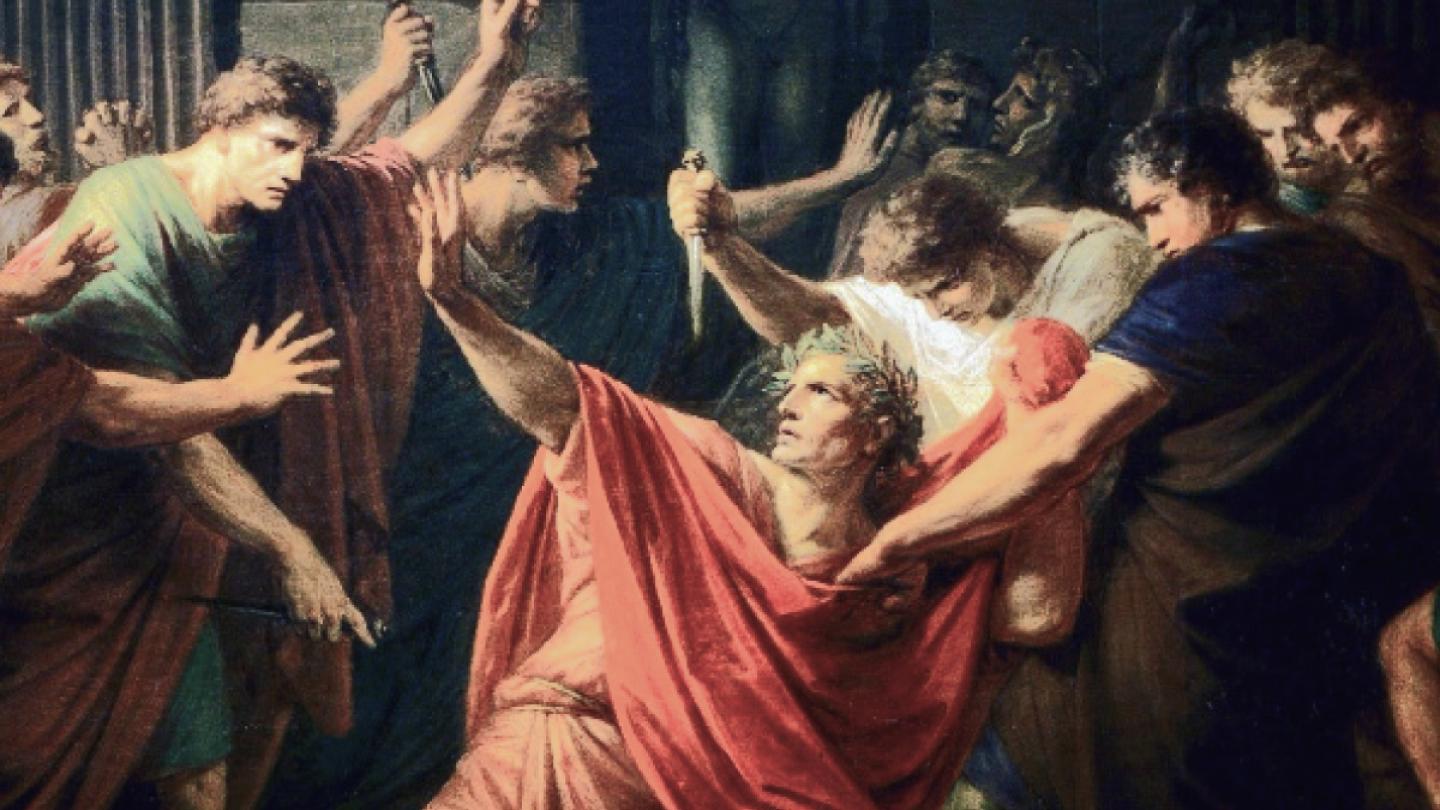Kurt Gray starts lectures with a surprising ethos: humans are prey.
”America is divided today,” said Gray, a professor of psychology and neuroscience at the University of North Carolina at Chapel Hill, and director of the Center for the Science of Moral Understanding. About half of the nation thinks the “other side” — usually liberal or conservative — is “immoral or evil.”
“The first step to making sense of this moral disagreement and finding common ground is to realize that humans are animals and we are afraid of threats,” he said.
Modern-day humans are currently used to being apex predators, but this wasn’t always the case. For millions of years of evolution, the human species was not a predator — it was prey.
And according to Gray, this has spilled over into Americans’ current tendency to divide society into a highly polarized “them vs. us” paradigm. He believes that recognizing this and understanding the common root values that we share can be the key to unlocking productive, empathetic dialogue across political spheres.
“We have inherited the harm-based minds of our ancestors and a legacy of being concerned about threats,” Gray said. “Here’s the thing: If we can understand how the mind makes moral decisions, we can begin to make sense of the people around us.”
How ‘immoral’ replaced ‘dangerous’
The number one question when it comes to morality is: Who is getting harmed?
While it may be easy for liberals and conservatives to assume that each side is operating from different moral systems — after all, their moral judgments are in direct opposition — all of us, no matter our political leanings, are ultimately trying to achieve the same goal. Everyone wants to protect themselves, their family, and their society.
This message gets lost in translation “when people disagree about who or what is most vulnerable to harm,” Gray said. “It’s not that one side wants to harm the other side, but just that they are trying to protect someone different.”
This is the crux of the division in the United States. “We are more divided today than we have been in a long time,” Gray said. “We think those on the other side lack a basic moral sense.”
But that term, “moral,” can be hard to even define, to begin with. While many people may have a vague idea of morality as an internal sense of right and wrong, the reality is more nuanced. Everything that humans see as morally wrong is actually what humans have assessed to be harmful, thanks to evolution.
For millions of years, the human race was hunted by predators. We were prey: “something scared, that’s threatened, that’s always alert and worried about harms that it might face.”
The best way to escape predators was for humans to move together in big groups, developing the towns and cities we now populate today. But there’s one problem with that: It’s too safe.
In dense, human-dominated communities, there is no clear predator, but our minds are still fine-tuned to be on guard against threats. To fill the gap, the human brain developed a new method of identifying potential harm — morality.
Morality, Gray said, evolved as a function whereby humans can gauge internally that they should not harm others, and to justify feelings of outrage and ensuing punishment when someone does harm us.
“When we think of the other side, we think that they are predators, but they’re not,” Gray said. “They’re wired just the same as us. They’re wired to protect themselves.”
Understanding that we are all working towards a common goal, he posits, can be transformational.
How views of immigration reflect our perception of harm
Take one of today’s most pressing issues: immigration.
Research from the Center for the Science of Moral Understanding indicates that liberals tend to divide the world into those who are “very vulnerable to harm,” such as marginalized communities, and those who are “very invulnerable to harm,” like business leaders. In contrast, conservatives tend to see all individuals as equally vulnerable.
Therefore, liberals largely see undocumented immigrants as extremely vulnerable, focusing on the plights of mothers and children fleeing persecution and enduring harsh circumstances while migrating. Under Gray’s vulnerability paradigm, this assigns undocumented immigrants a more urgent need for protection than the general population.
But conservatives have a different view. They see some undocumented immigrants as potential perpetrators and U.S. natives as the vulnerable population exposed to perceived risks like violence, drug trafficking, or loss of job opportunities.
Though at face value it may seem that liberals and conservatives have differing baseline values in this context, “for both sides, they’re trying to protect people from harm,” Gray said. “They just see different victims when it comes to immigration.”
Compromise with a ‘predator’ is impossible
Having a harm-based mind may have been beneficial for evolution, but today, it can stunt our ability to have open discussions. It hinders opportunities for empathy and collaboration that openness often brings.
“If we don’t recognize the harm-based mind in others, then we assume they must be trying to destroy our way of life,” Gray said. “No one wants to have conversations or compromise with a predator. If we think the other side is motivated by destruction, then we will try our hardest to destroy them. We’ve got to learn to create the right environment to have challenging conversations.”
That’s because when political conversations turn into contentious debates, individuals are more likely to stand their ground in defense and be less willing to consider the opposing side’s viewpoint openly. However, when we remind ourselves that we are working towards the same goal, we can open up the possibility of considering each other’s unique perspectives with curiosity, not fear.
This curiosity is the first step to developing a sense of empathy. That empathy in turn enables conversations that can turn into concrete policies. To begin, we need to recognize the misunderstandings that distract us from the fact that we are all wired the same and have the same underlying need for safety.
“We can harness this understanding for good, and create a better and more civil society,” Gray said.
The Center for the Science of Moral Understanding is supported by the Charles Koch Foundation, which as part of the Stand Together community funds cutting-edge research and helps expand postsecondary educational options.
Learn more about Stand Together’s Constitutionally Limited Government efforts, and explore ways you can partner with us.
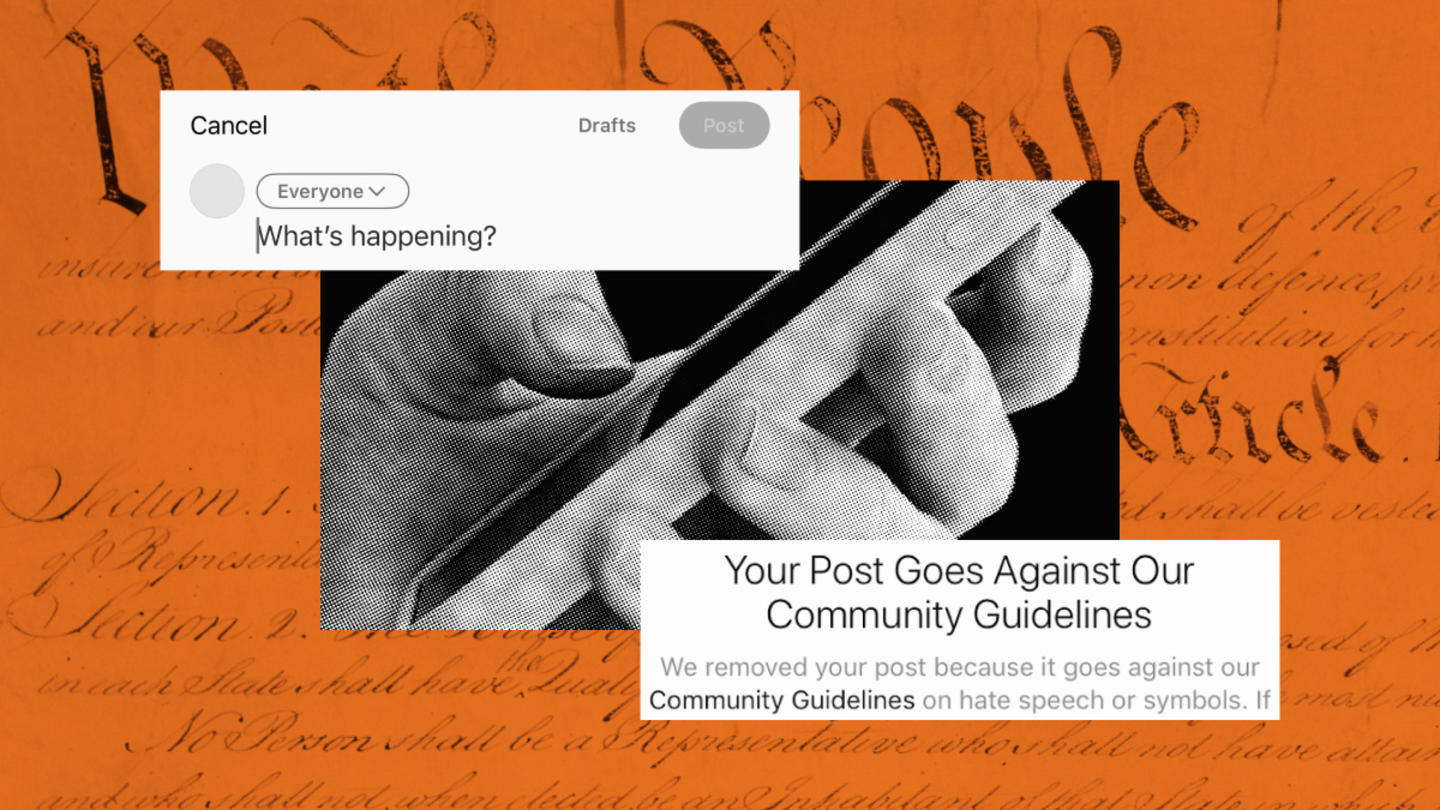
Here's why users should moderate social platforms themselves.
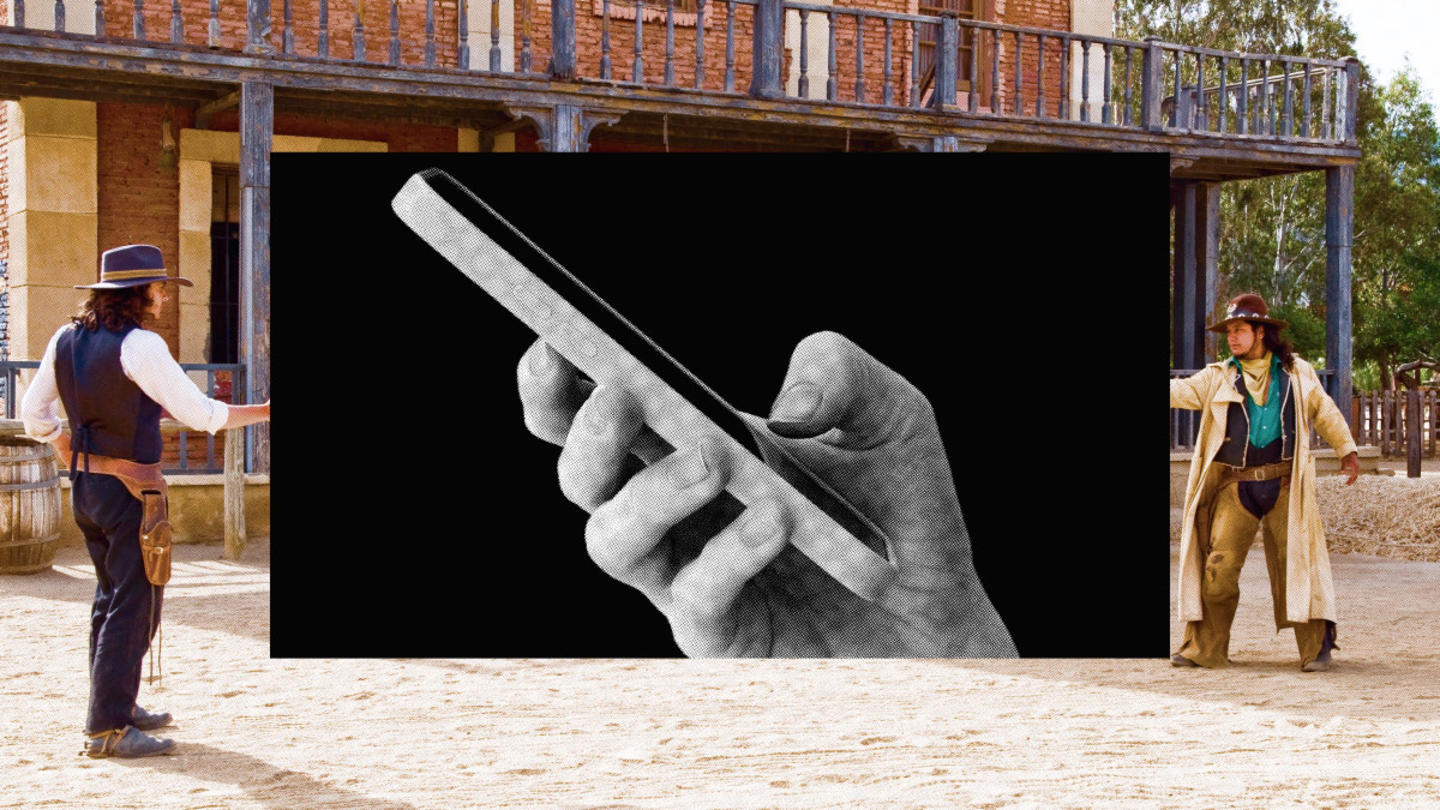
Protecting free speech online is vital. Free speech expert Jacob Mchangama shares how the U.S. can do that.
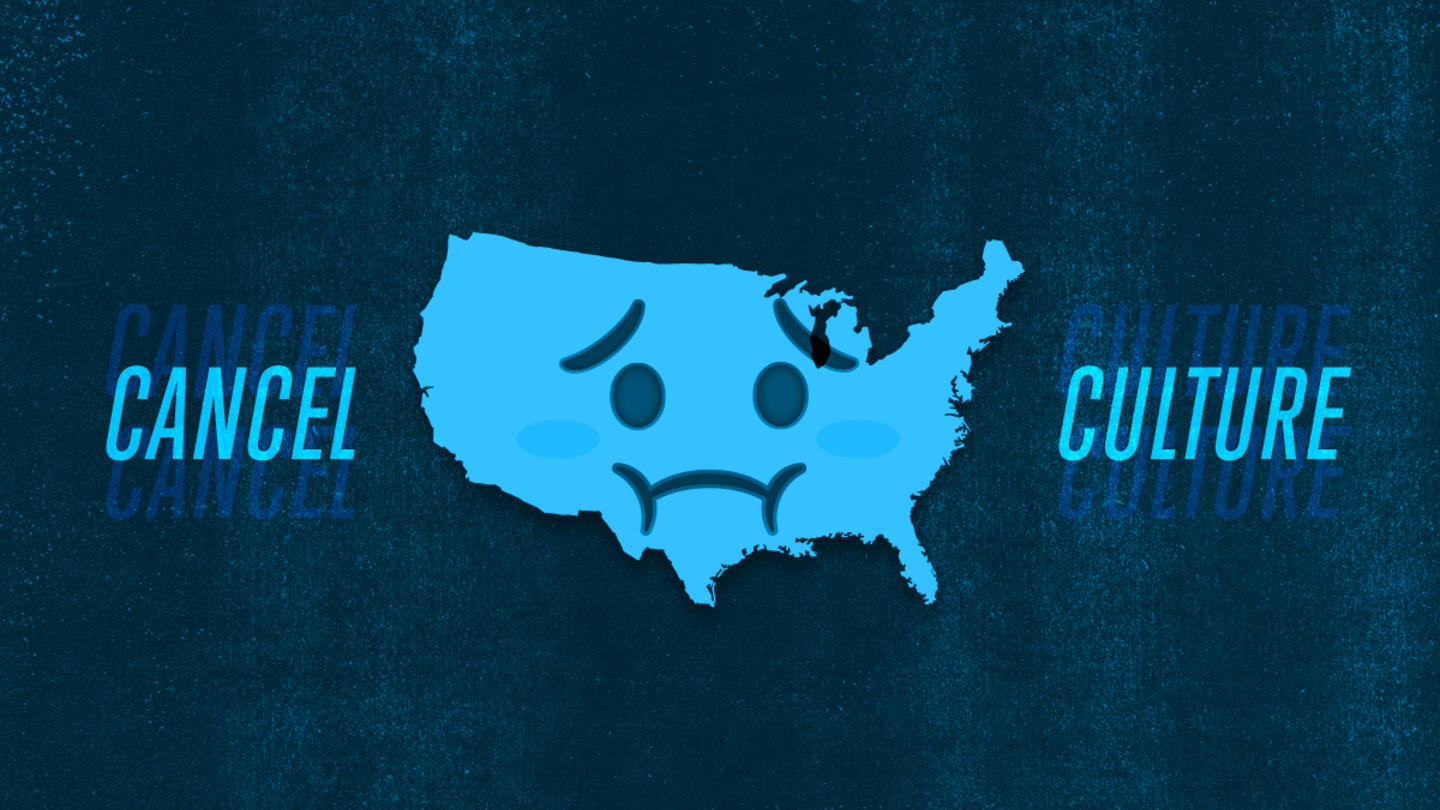
Greg Lukianoff and Rikki Schlott’s new book The Canceling of the American Mind dives into cancel culture’s origins and ways to fight it.
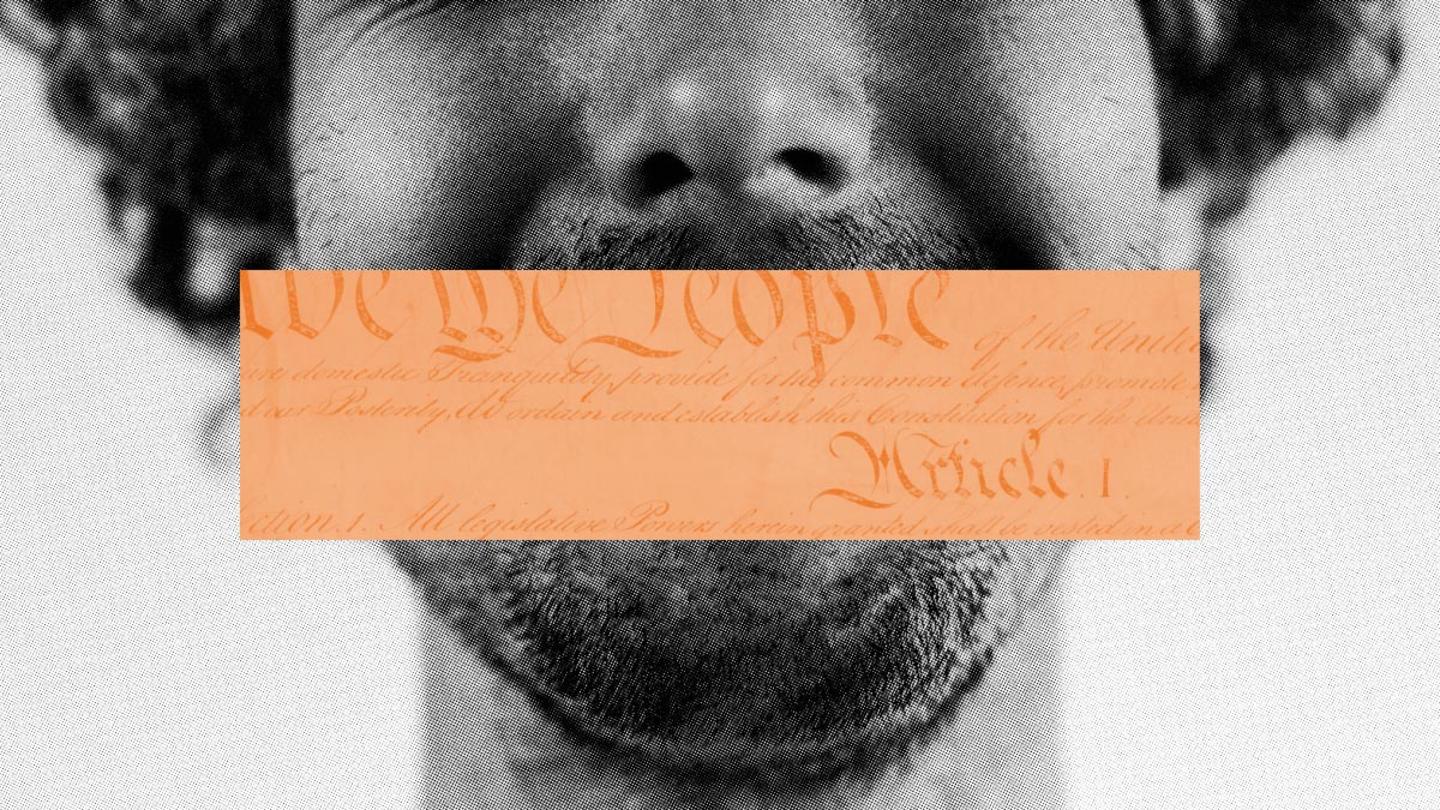
Free speech is under attack. These organizations are pushing back.
